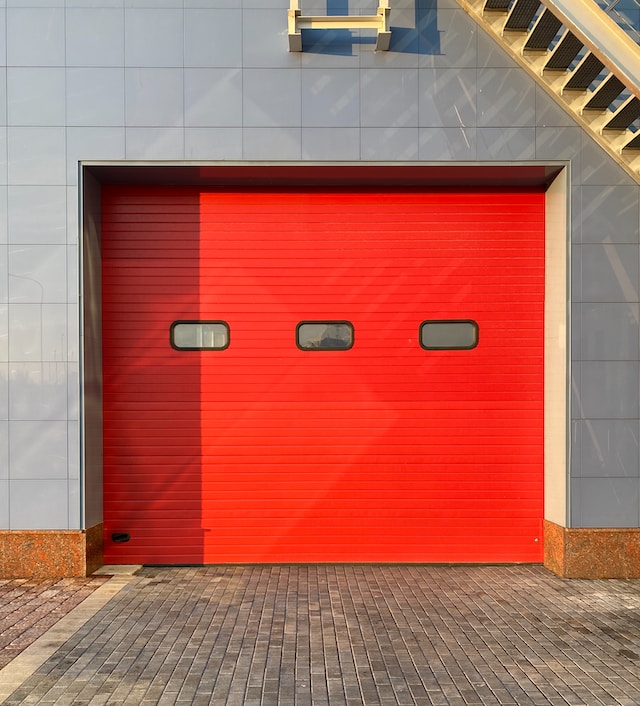Your garage door greatly influences the security of your house. It can allow unwanted access to your belongings or car when it isn’t functioning correctly.
You can prevent problems from getting worse by doing routine inspections. This post will discuss expert garage door inspections’ value, necessity, and frequency.
Functional Inspection
The garage door is one of the most significant features that can be found in a home, requiring regular inspections to ensure safety, functionality, and longevity. Although householders can conduct independent visual examinations, qualified garage door repair service technicians possess the knowledge and experience to find and address hidden problems that may go undiscovered.
Aside from checking the safety features, a functional inspection also includes:
- Examining the wheels and tracks to ensure smooth gliding and proper alignment.
- Testing the auto-reverse mechanisms (designed to detect obstructions in the door’s path and automatically reverse its movement).
- Inspecting photosensors to make sure they light up when activated and lubricating all mechanical components to prevent future damage and wear.
A garage door in poor condition can lead to problems such as entrapment, property damage, and increased energy costs. A professional inspection will catch minor rattling and noises early, preventing them from escalating into costly repairs.
Visual Inspection
While most homeowners understand the need to schedule maintenance tasks like oiling a car or replacing a water heater, only some people think of their garage door as something that requires regular inspection. Yet, the fact is that a well-maintained garage door protects your vehicles and possessions from the elements, pests, and even burglars.
During an initial visual assessment, garage door company technicians evaluate the door’s overall condition and its components. Specifically, they look for rust, corrosion, or general wear and tear signs. They also examine the top brackets, focusing on the areas where they connect to the garage ceiling and door frame. It is a critical component in ensuring the structural integrity of the system.
In addition, technicians ensure that the photo eye sensors work correctly to prevent accidents and injuries. They typically perform a non-contact reverse test by initiating the door’s downward movement and waving an object like a broom handle into its path. The sensor should recognize the object and automatically reverse the door’s direction.
Safety Inspection
A garage door protects your vehicles, personal belongings, and valuables from the elements and intruders. It also adds to the curb appeal and value of your home. Because it’s used so frequently, it can experience wear and tear. Fortunately, routine inspections can prevent minor problems from becoming major ones.
A professional will visually evaluate the entire door, including examining the horizontal tracks to check for bends and dents, checking jamb brackets (found on the side of the garage door) to ensure they’re securely fastened, and checking the vertical track that runs from the ceiling to the door frame for signs of rust or corrosion. Technicians will also test the photo eye sensors and auto-reversal mechanisms to ensure they function correctly.
A garage door’s moving parts need lubrication to prevent excessive friction and wear, so an inspection will include applying a light lubricant coating. It will make the door operate smoothly and help extend its lifespan.
Replacement Inspection
The garage door is under a lot of stress and pressure daily, which can cause some components to wear down or even break over time. That’s why it is so important to get your garage door inspected regularly so that if any parts need to be replaced, it can be done before they are completely worn out or damaged beyond repair.
During a replacement inspection, professionals will check things like the vertical tracks to look for damage and misalignments and ensure they are securely fastened to the wall and ceiling. They will also check the cables and pulleys to ensure they are not fraying or bending, which can cause the garage door to fall off its tracks.
Additionally, if your garage door has photoelectric and entrapment sensors, these must be scanned to ensure they function correctly. Finally, if your garage door is making a lot of noise or rattling, that could be a sign that there are some loose or broken pieces in the system.

